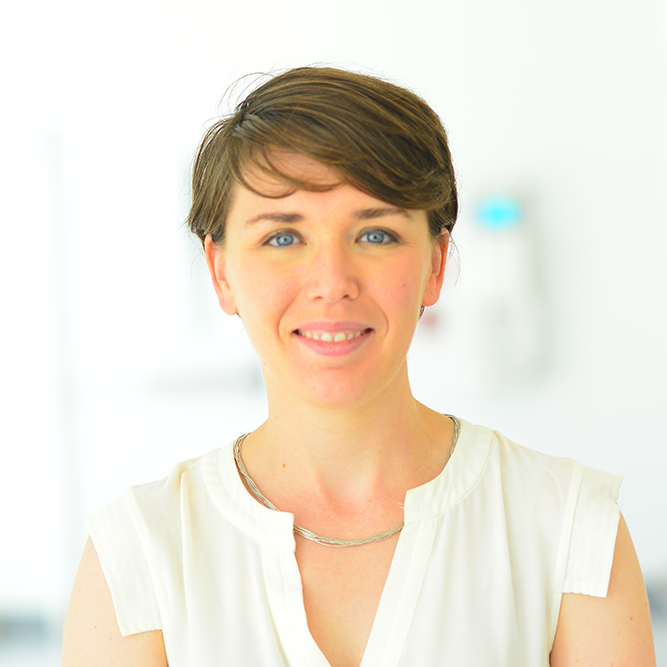News Story
Balloon Payload Program Surpasses 100-launch Milestone

It’s not like things can’t go wrong in most college extracurriculars—scheduling gets scrambled, someone drops the ball and a team project collapses, or you sprain your ankle on the athletic field—but at least you don’t need to worry about creating a national security scare.
That’s unless you’re a member of UMD’s Balloon Payload Program, a student-run group operating in what its faculty adviser said might be the “worst airspace environment in the world.”
“We live near so much restricted airspace, you can’t just fly balloons wherever you want,” said aerospace engineering major Madelaine Lebetkin ‘23. “You have to make sure you’re not flying over D.C. or Camp David or Aberdeen Proving Ground.”
Despite the difficulties, the student-run organization late last month completed its 104th launch of a weather balloon into the upper atmosphere since 2003, sometimes carrying science experiments and in recent years, even sending aloft payloads for companies that want to work with the students to conduct various high-altitude tests. Today, about 50 students participate in the launches, which happen almost monthly.
After attending a workshop sponsored by the National Space Grant Organization, Mary Bowden, senior lecturer in aerospace engineering, began creating a program to get aerospace engineering majors working on projects in their field within a year of starting their degree track—meeting with immediate student interest
“I came back and they were like, ‘Alright, when is it gonna start?’” said Bowden.
While Bowden helps provide guidance, students are behind all the on-the-ground project management and work to get the balloons flying.
“You can come in with little to no experience in engineering at all, so you start learning from the people around you, and then eventually they start being your friends,” Lebetkin said.
On a typical launch day, group members load into multiple 12-person vans at 4 a.m. to head to an isolated launch site where they can avoid airspace restrictions. Then they prepare to send the balloon 80,000-100,000 feet into the air, and spend the balance of their morning tracking down the landing site of a payload using a GPS beacon.
Members take along a machete to navigate through thick brush, a slingshot that they use to try to knock a payload out of a tree, and if that fails, an adept “tree climber” on call.
“Most of the time, they don’t land in a field, they land in the highest tree in the area,” said aerospace engineering major Michael Kalin ‘23. “One time we landed in a river, but there were some fishermen nearby who saw it, so they took out their boat to go get it for us.”
Throughout each semester, team members launch a variety of payloads ranging from atmospheric data collection devices to 3D-printed plastic Testudos. The command module flies with each launch to track the location of payloads during each flight.
Aiming to be environmentally friendly, the program specifically uses weather balloons as an inexpensive and accessible alternative to rocket launches.
“These balloons are designed so that when they go up to a certain altitude and the helium’s volume expands, instead of just popping like a ‘happy birthday balloon’… the balloons actually shred themselves and they are biodegradable,” said Lebetkin.
Following the launches, team members typically grab lunch together and laugh over the early-morning adventure.
“We’re all starving… and we are totally exhausted,” said Lebetkin. “But the beautiful thing about this program is you can come in not knowing a single person, and you leave with a huge group of new friends.”
This article originally appeared in Maryland Today.
Published November 9, 2021









